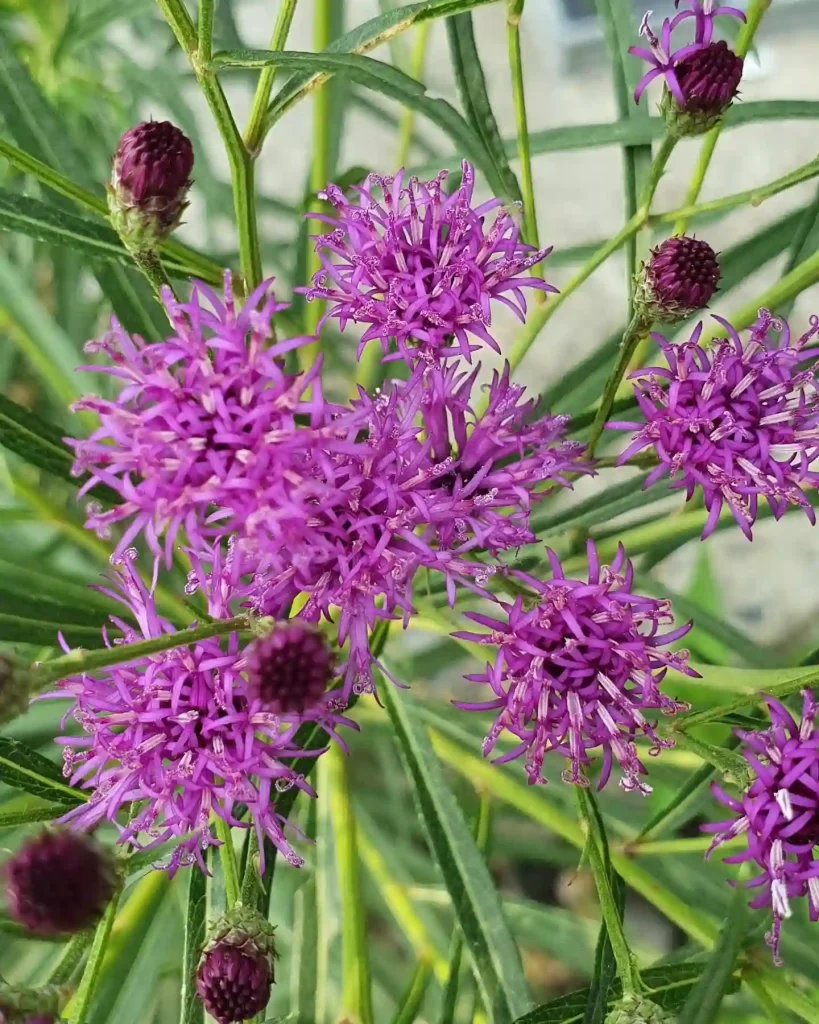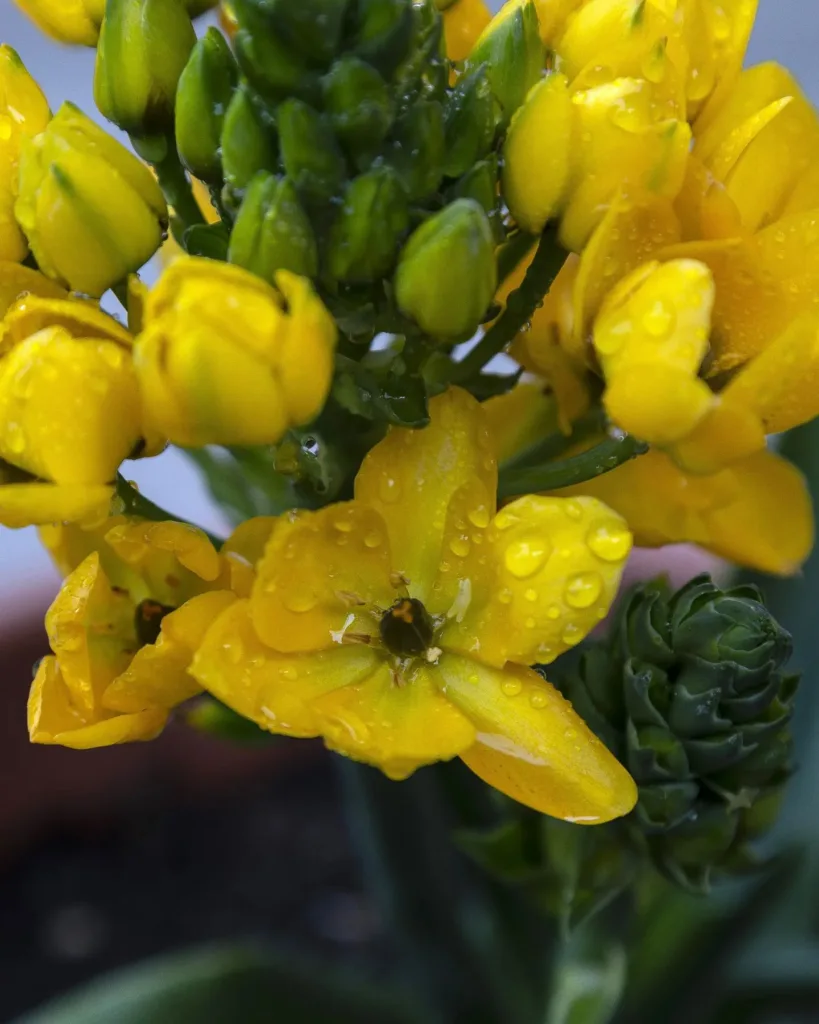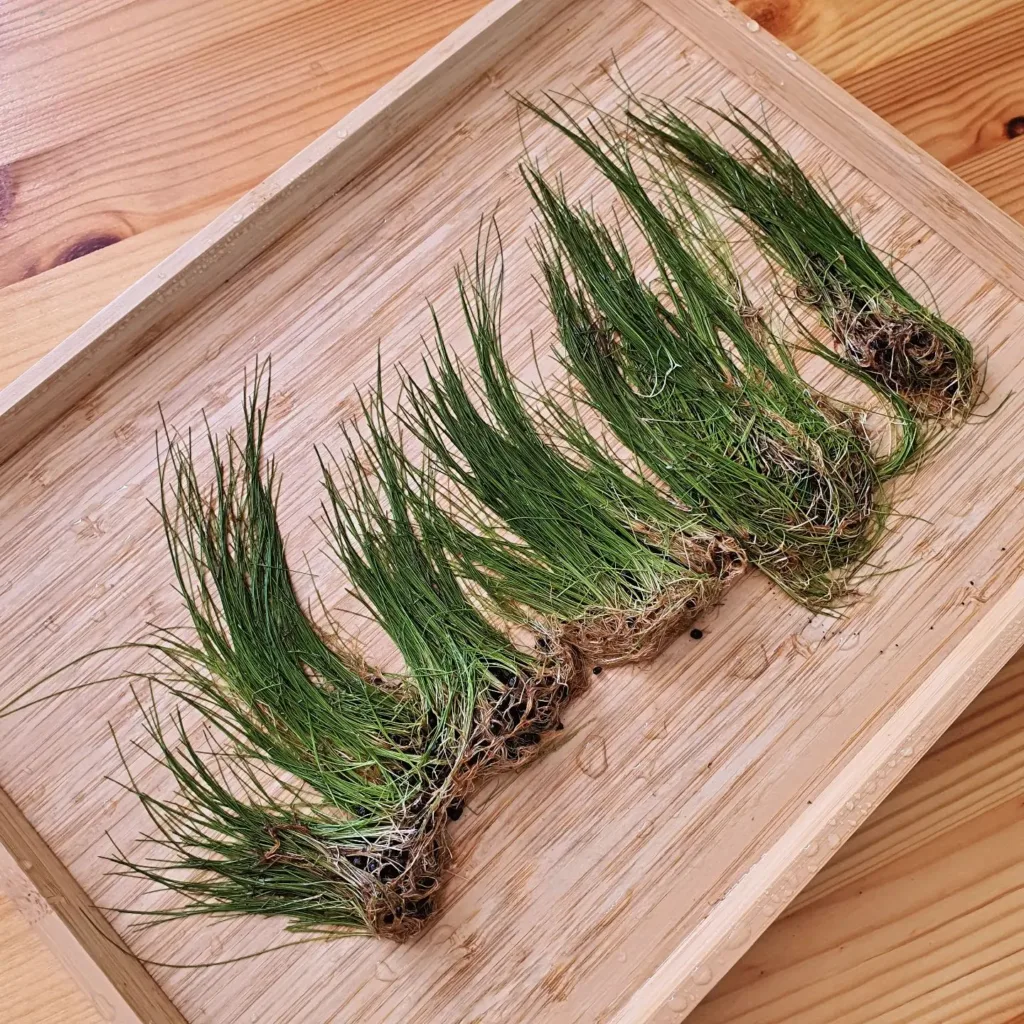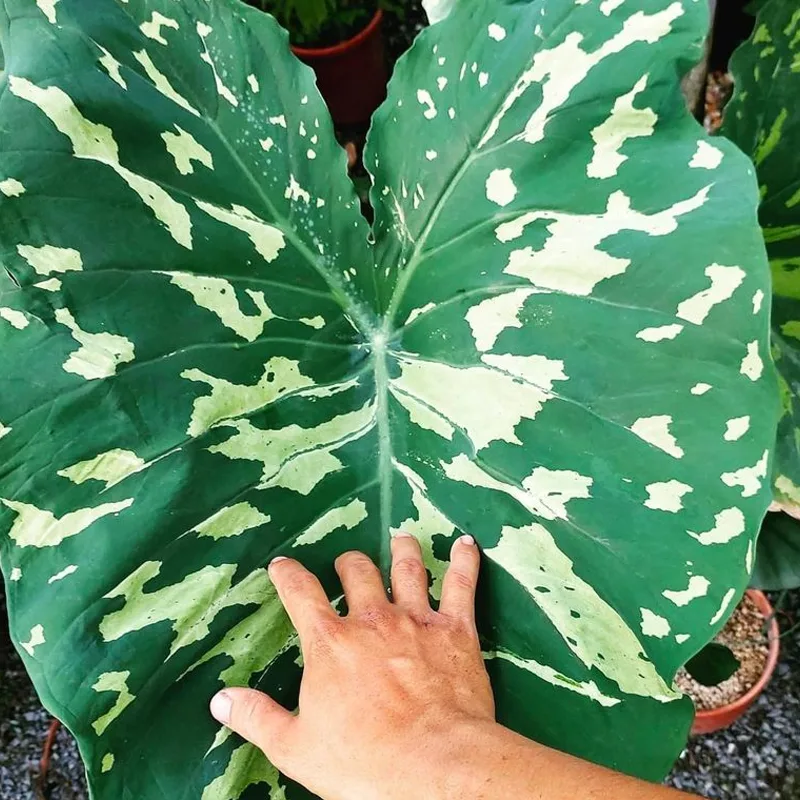Westringia Fruticosa: A Low-Maintenance Beauty for Your Garden
I’m Ferb Vu, and for years I’ve been obsessed with finding low-maintenance plants that add a touch of Aussie charm to my garden. That’s where Westringia fruticosa, also known as Coastal Rosemary, stole my heart. This native Australian shrub is a dream come true – beautiful, versatile, and tough as nails.
Westringia fruticosa isn’t just another pretty face. It boasts fragrant, needle-like leaves and bursts of white or lilac flowers throughout spring and summer, attracting butterflies and bees. Plus, it thrives in coastal conditions, tolerating wind, salt spray, and even drought.
Now, let’s get down to the good stuff: how to cultivate this wonder in your own garden.
32 Species in Genus Westringia
How to plant Westringia Fruticosa?
Westringia fruticosa isn’t picky about soil, but well-draining is key. Amend heavy clay soils with sand or compost to ensure proper drainage. Choose a sunny spot – at least 6-8 hours of direct sunlight is ideal – though it can tolerate some afternoon shade.
Dig a hole twice the width of the pot your Westringia fruticosa came in. Gently loosen the root ball and place it in the hole, ensuring the top of the root ball sits level with the surrounding soil. Backfill the hole, tamping down gently to remove air pockets. Water thoroughly to settle the soil.
How to Care for Westringia fruticosa?
Here’s the beauty of Westringia fruticosa: once established, it’s incredibly low-maintenance.
- Watering: Deep water your Westringia fruticosa weekly during its first growing season, especially during hot, dry spells. Once established, it becomes quite drought-tolerant. Water deeply when the top inch of soil feels dry to the touch.
- Mulching: Apply a 2-3 inch layer of organic mulch around the base of your Westringia fruticosa to retain moisture, suppress weeds, and regulate soil temperature.
- Fertilizing: Feed your Westringia fruticosa a slow-release, balanced fertilizer once a year in spring.
Pruning for a Perfect Westringia fruticosa
Westringia fruticosa responds well to pruning, allowing you to shape it into a formal hedge, a low-growing border, or keep it bushy for a relaxed aesthetic.
The best time to prune is after flowering has finished, typically in late summer or early autumn. Use sharp bypass pruners to remove leggy stems, encourage bushier growth, and maintain your desired shape. Avoid drastic pruning, as Westringia fruticosa doesn’t recover well from heavy cuts.
What to Plant with Westringia fruticosa?
Westringia fruticosa’s versatility makes it a fantastic companion for a variety of plants. Here are a few ideas:
- Low-growing perennials: Lavender, Salvia, and ornamental grasses like Pennisetum add pops of color and texture.
- Other Australian natives: Grevillea, Callistemon, and Correa create a stunning native plant haven.
- Roses: Westringia fruticosa’s soft foliage provides a beautiful contrast to the bold blooms of roses.
Additional Tips for Westringia fruticosa Success
- Westringia fruticosa comes in a variety of cultivars with different flower colors, heights, and growth habits. Choose one that suits your needs and desired aesthetic.
- Established Westringia fruticosa is generally pest and disease resistant. However, keep an eye out for scale insects and treat them with an organic insecticidal soap if necessary.
With a little TLC in the beginning, your Westringia fruticosa will reward you with years of low-maintenance beauty. So, why not add a touch of Aussie charm to your garden today?
If i die, water my plants!



